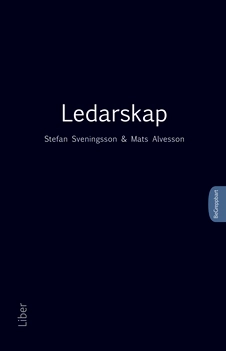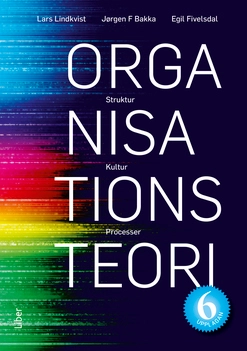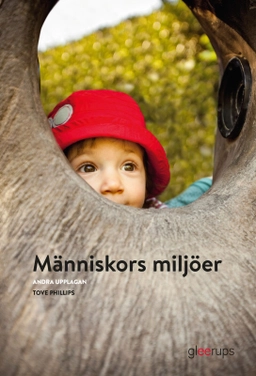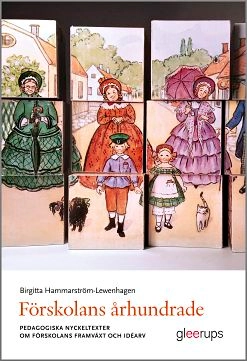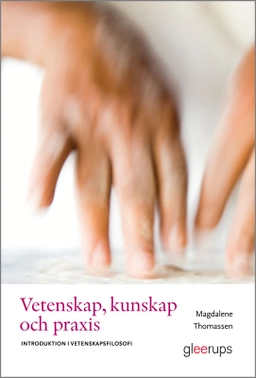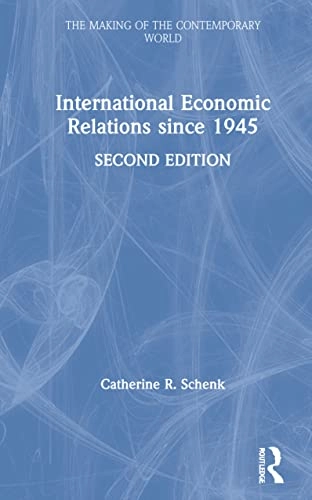

International economic relations since 1945Upplaga 2
- Upplaga: 2a upplagan
- Utgiven: 2021
- ISBN: 9780815395591
- Sidor: 180 st
- Förlag: Routledge Taylor & Francis Group
- Format: Inbunden
- Språk: Engelska
Om boken
Åtkomstkoder och digitalt tilläggsmaterial garanteras inte med begagnade böcker
Mer om International economic relations since 1945 (2021)
2021 släpptes boken International economic relations since 1945 skriven av Schenk. Det är den 2a upplagan av kursboken. Den är skriven på engelska och består av 180 sidor. Förlaget bakom boken är Routledge Taylor & Francis Group.
Köp boken International economic relations since 1945 på Studentapan och spara pengar.
Referera till International economic relations since 1945 (Upplaga 2)
Harvard
Oxford
APA
Vancouver








